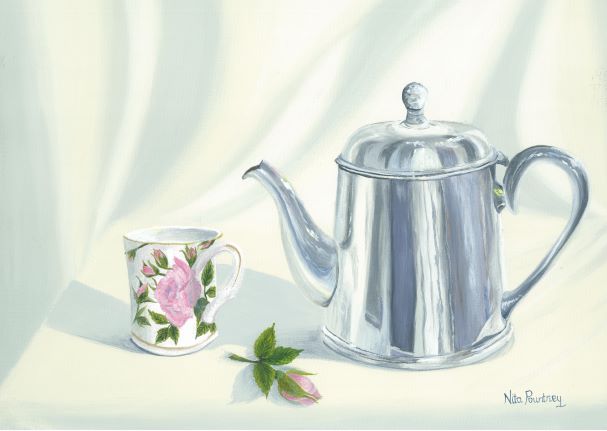Prince of Wales Tea – history, tea and places…
HISTORY OF PRINCES
“Prince of Wales” may now be synonymous with Prince Charles, son of Queen Elizabeth II and the late Prince Philip. Prince Charles, the heir apparent to the throne of England is said to be the 21st Prince of Wales.
The title however dates back centuries …
The last Welsh ruler to hold the title was Llywelyn Ap Iorwerth, bynameLlywelyn The Great (died 1240). This Welsh Prince was said to be the most outstanding native ruler in Wales before English rule began in 1283.
King Edward I of England conquered Wales in between 1277 – 1283, in what is known as the Edwardian conquest of Wales, and in 1301 his son (also Edward) was named Prince of Wales with an investiture at the Welsh Caernarfon Castle. He later became King Edward II.
Granting the highest title of Wales to the heir of the British throne further inflamed matters between the Welsh and English yet the title Prince of Wales has continued for the English heir apparent, including the current Prince Charles. It is noted that during the 17th and 18th Centuries eight princes granted the title did not even set foot in Wales! Queen Elizabeth II hoped that by sending Princes Charles to live in Wales and study at their University prior to his investiture, would ease this historic contempt.
TEA ORIGINS
Whilst this title is “steeped” in history… pardon the pun, the “Prince of Wales TEA” was derived for the 20th bearer of the Prince of Wales title in 1920. Son of King George V and Queen Mary he became King Edward VIII, the shortest reigning monarch in British history (326 days). He abdicated in 1936, due to his love of twice divorced American Wallis Simpson. His younger brother Albert “Bertie” became King George VI (father of Queen Elizabeth II).
And, in case you are wondering, the son of Prince Charles, William is not currently a Prince of Wales but is likely to be granted the title upon Prince Charles becoming the King. The title is not a birthright even if the first born son is destined for the throne of England.
PLACES BEARING THAT NAME
With, all that monarchy history said, and the understanding the origins of the name of the tea, it should be mentioned that name “Prince of Wales” has also been granted to many landmarks and establishments in every State of Australia. Off the coast of Queensland, the largest island in the Torres Strait bears this name, as well as a small rural township some 2182 km from Brisbane with a population of about 109.
In Tasmania we have the Prince of Wales Bay, on the western shores of the River Derwent, approximately 10km upriver from Hobart, and 2 pubs with the name; one in Battery Point, Hobart and the other in Evandale, a small historic township not far from Launceston.
A common name it seems for a hotel or a pub. Every State has at least one Prince of Wales hotel, namely in Brisbane (QLD), Bunbury (WA), Newcastle (NSW), St Kilda (VIC), Nundah (QLD), Gulgong (NSW), Proserpine (QLD), Penola (SA), Wagga Wagga (NSW), Adelaide (SA). Neither Territory appears to claim a Prince of Wales establishment though.
ART OF TEA’S LOVE OF PRINCE OF WALES
Prince of Wales Tea has been the Art of Tea owner, Samantha Brown, favourite brew for well over a decade. Not a single day goes by without a brew of this black tea steeped, not only in history, but a silver teapot purchased from the Portobello Road Market in London in a trip back to her birth country, a couple of decades ago!
Here is a painting Samantha’s mum did of this teapot back in 2012:

The Art of Tea version of Prince of Wales tea would vary from that very original recipe, and like all tea purveyors, we like to keep our recipes a little secret.
But we can say that our blend has high grade tea leaves from several estates in China and also Sri Lanka, making it a medium weight blend, with a rounded finish and not too heavy on the tannins due to the full leaves.
If you love our very popular Tasmanian Breakfast, you will also love the Prince of Wales tea!

Leave a Reply